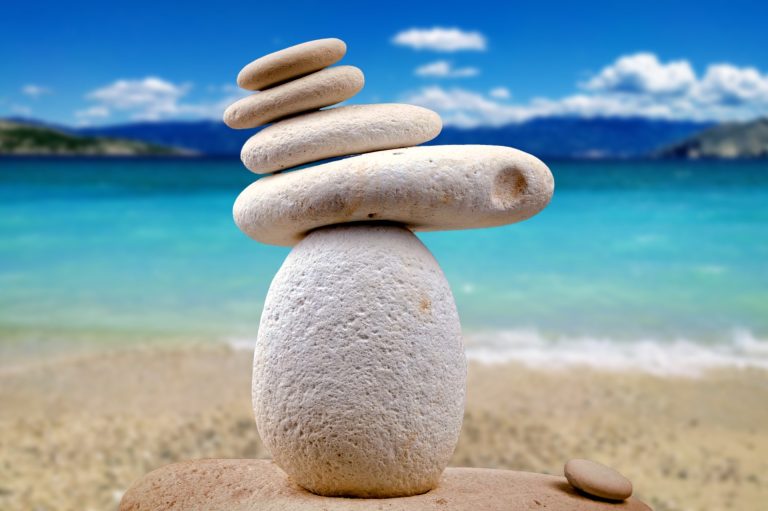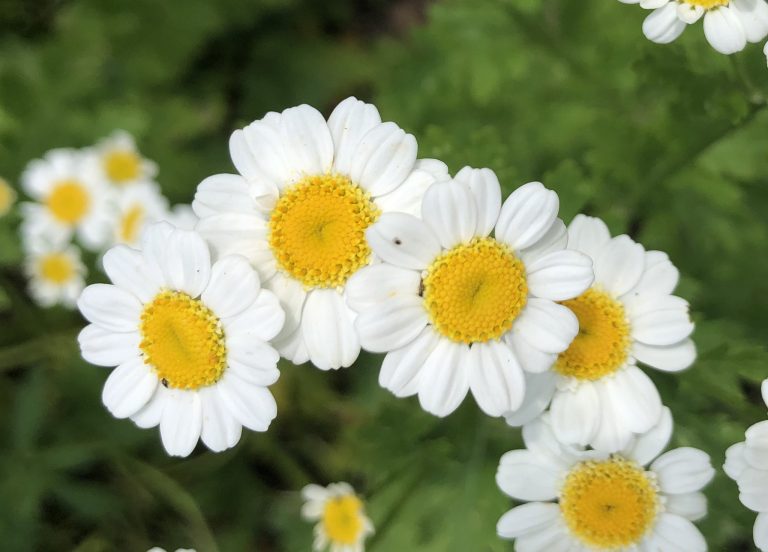Most of us are familiar with dill as a fresh-flavored herb used in fish dishes, creamy condiments, and of course, America’s favorite pickle; but believe it or not, dill has many medicinal properties as well. Traditionally used for a variety of ailments, dill is easy to grow, delicious to consume, and can be stored for a readily-accessible remedy.
The dill plant
Originating in western Asia and the eastern Mediterranean area, dill (Anethum graveolens) has become a common plant in herb gardens around the world. In a sunny location dill can reach a height of over three feet, with finely-divided, feathery, green leaves alternating on its hollow, branching stem.
In its native habitat, this biennial herb produces umbles of tiny yellow flowers that hover above the foliage in its second season, but only the female flowers will produce seeds. In temperate climates, dill is considered an annual, since it is not winter-hardy, and the plant will often complete its life-cycle in the course of one season, anyway. In ideal conditions, dill will readily self-sow.
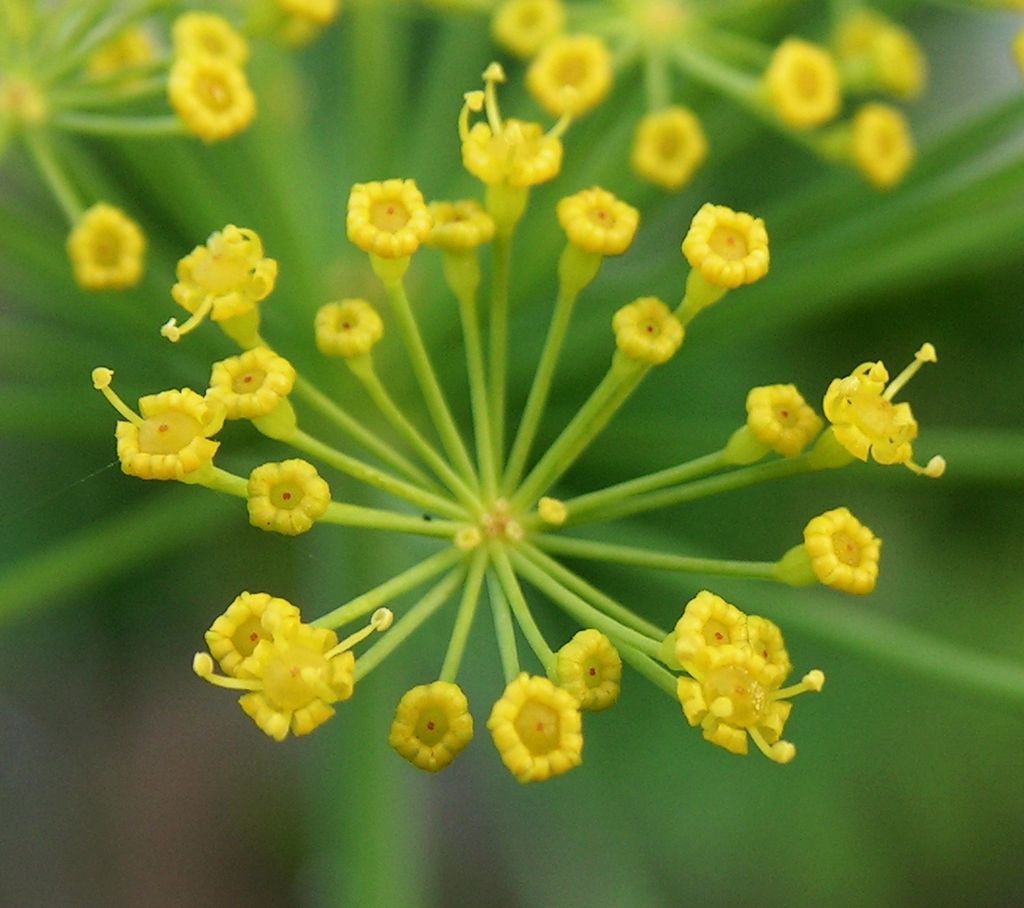
According to Greek mythology, the dill plant originated with the transformation of a beautiful young man named Anethus. Many details from the legend have been lost, but the name is believed to be derived from the Greek words ano and theo, meaning “upwards I run,” likely referring to the plant’s growth habit.
The common name, dill, is derived from Old Norse dilla, meaning “to soothe or calm;” which hints at one of the plant’s many medicinal qualities.
Traditional uses
Success
You are now signed up for our newsletter
Success
Check your email to complete sign up
Dill was widely used in ancient Greece and elsewhere for a variety of purposes. As early as 5,000 years ago, dill was acknowledged for its soothing qualities in ancient Egypt. It was often called upon to improve digestion, treat epilepsy, reduce flatulence, provide relief to colicky babies, and stimulate milk production in lactating mothers.
Both the ancient Greeks and the Romans used scorched dill seeds to heal battle wounds, and gladiators ate the herb to boost their courage. Dill was also a noted ingredient for a painkiller described in the Ebers Papyrus, an ancient herbal text from Egypt.
One could use either the seeds or the leaves to freshen the breath and cure the hiccups. English herbalist Nicholas Culpeper recommended dill to “strengthen the brain.” Placed over the eyes, dill was said to ensure a good night’s rest.

Dill has long been used in traditional Chinese medicine (TCM) to treat anxiety, colds, coughs, constipation, digestive issues, flu and menstrual cramps. It is believed to support the stomach and spleen while circulating qi, dispersing cold, and tonifying yang qi.
Superstitions surrounding dill were also common. The strong-scented herb was believed to have protective powers against witches and demons. At the same time, it was thought to have magical properties that were used in witchcraft and sorcery. Love potions were enhanced with the addition of dill, and including a sprig at your wedding ceremony was supposed to ensure a happy marriage.
Medicinal properties
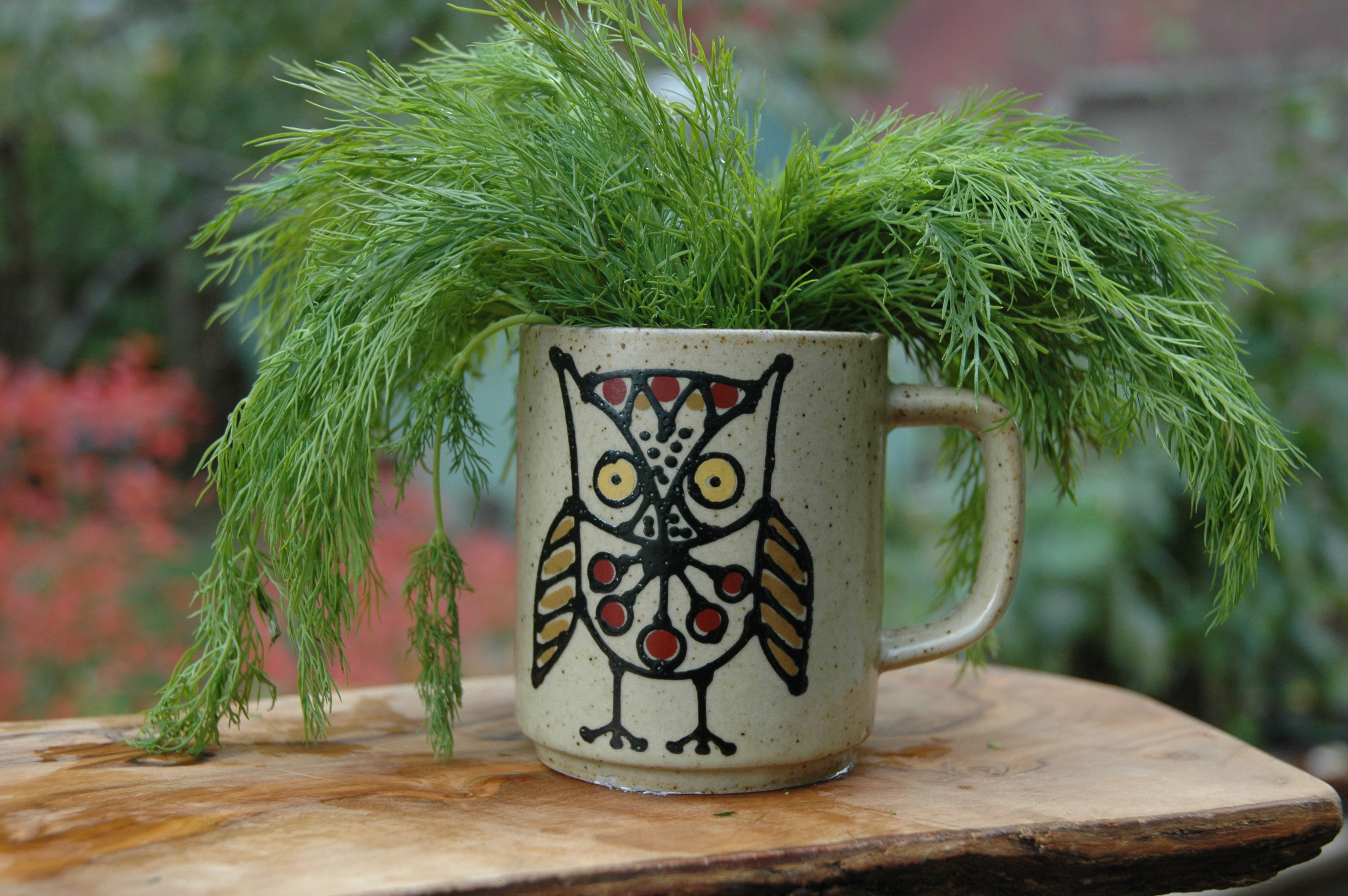
While marital bliss usually depends on a lot more than dill, many of the herb’s traditional uses are backed by modern science. The vitamins, minerals and organic compounds found in dill boast a wide range of medicinal properties.
Dill is recognized as a carminative herb — which means it naturally helps reduce gas and bloating. It soothes the digestive tract, stimulates the flow of bile, and improves digestion.
Dill is also anti inflammatory, and thus helpful in reducing the pain associated with inflammatory conditions like arthritis, gout, and rheumatism.
Monoterpenes present in dill provide antiviral and antifungal properties that may aid in healing and the prevention of infection. The monoterpene d-limonene has shown some anti-cancer effects.
Dill’s essential oils carry flavonoids and B vitamins that are believed to stimulate the secretion of calming enzymes and hormones, thus promoting relaxation and better sleep.
Dill’s essential oil also carries kaempferol, a natural flavonoid with anti-congestive and antihistaminic properties, making it effective against respiratory ailments.
Emmenagogue flavonoids found in dill oil are believed to help stimulate and regulate the menstrual cycle. At the same time, dill has antispasmodic properties to help prevent menstrual cramping.
Last but not least, dill’s germicidal, disinfectant properties can improve oral health by fighting infections and the bacteria that cause bad breath.
How to grow Dill
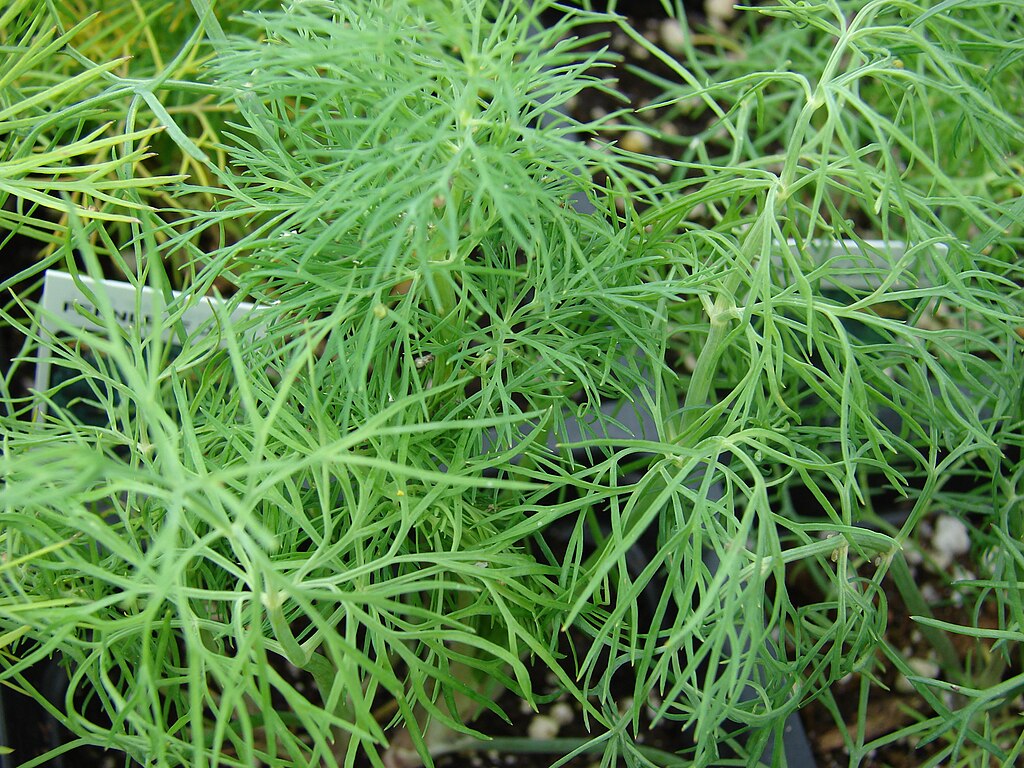
Dill is easily — and often more successfully — grown from seed. The plants have a long taproot that rarely fares well in transplanting, so sow seeds directly in a sunny location with rich, loose soil when temperatures reach around 70 °F. Fine, feathery seedlings should appear within two weeks.
After the plants reach a few inches tall, thin to at least 12 inches apart to give them room to develop properly. Dill can be harvested at any time, so use your thinnings!
Harvesting the growing tips of your dill will stimulate more branching and a bushier plant, so don’t be afraid to snip and enjoy often. For a continuous crop, repeat sowing every two to three weeks during the growing season.
Maintain steady moisture (neither soggy nor dry) to prevent dill from flowering prematurely. When the plants do flower, leave some for the many beneficial insects that are drawn to them, and collect the seeds when they mature.
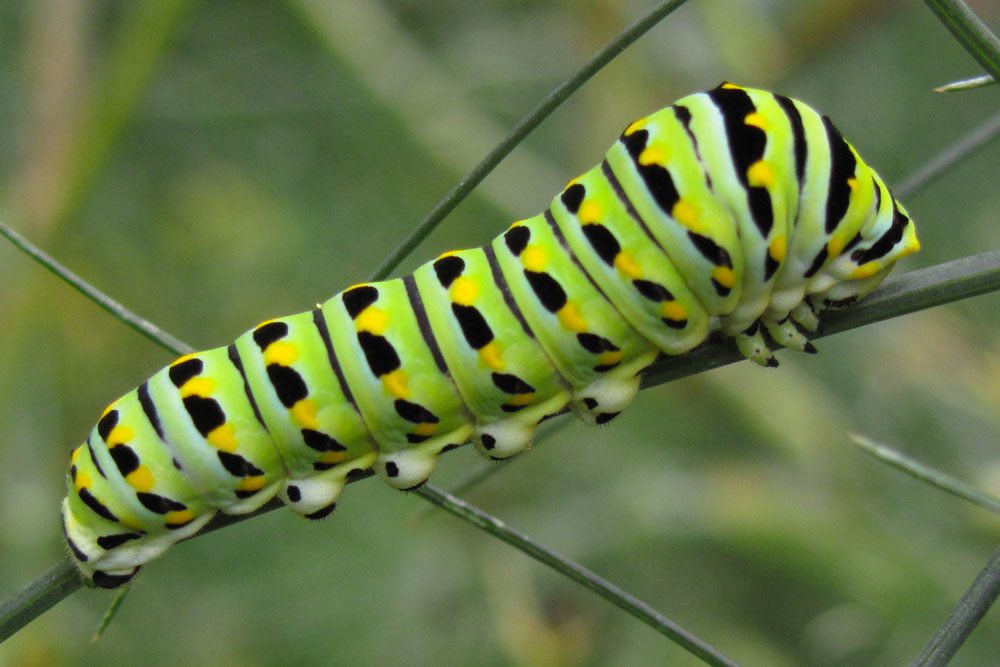
Using dill as a remedy
Fresh dill is always preferred, and ideally it is picked in the morning. Dill keeps well in the fridge or placed with the stems in water for a number of days, but for longer storage it can be frozen or dried.
Aside from deliberately using dill liberally in your cooking, an herbal infusion is one of the easiest and most effective ways to enjoy its medicinal benefits.
Dill tea
Dill tea can be made from fresh or dried herb, or even the seeds. Simply steep 1-2 tsp dill per cup of boiled water for 5-10 minutes. Strain and enjoy hot or cold as a healing beverage. A strong tea can even be used as a wash with antiseptic and anti-inflammatory properties.
Chewing dill
Dill seeds or sprigs can be chewed alone as a breath freshener — with the added bonus of health benefits.
Dill salt
Another way to ensure you’re getting your daily dose of dill is to combine it with your go-to seasonings. Infusing salt with dill is not only a great way to preserve the herb, it also packs additional flavor into your salt to facilitate a low-sodium diet.
To make dill salt, use about one cup of fresh, clean dill per one cup of sea salt or kosher salt. Chop the dill coarsely and then either pulse them together in a food processor, or grind with a mortar and pestle until you have what looks like moist, green sand.
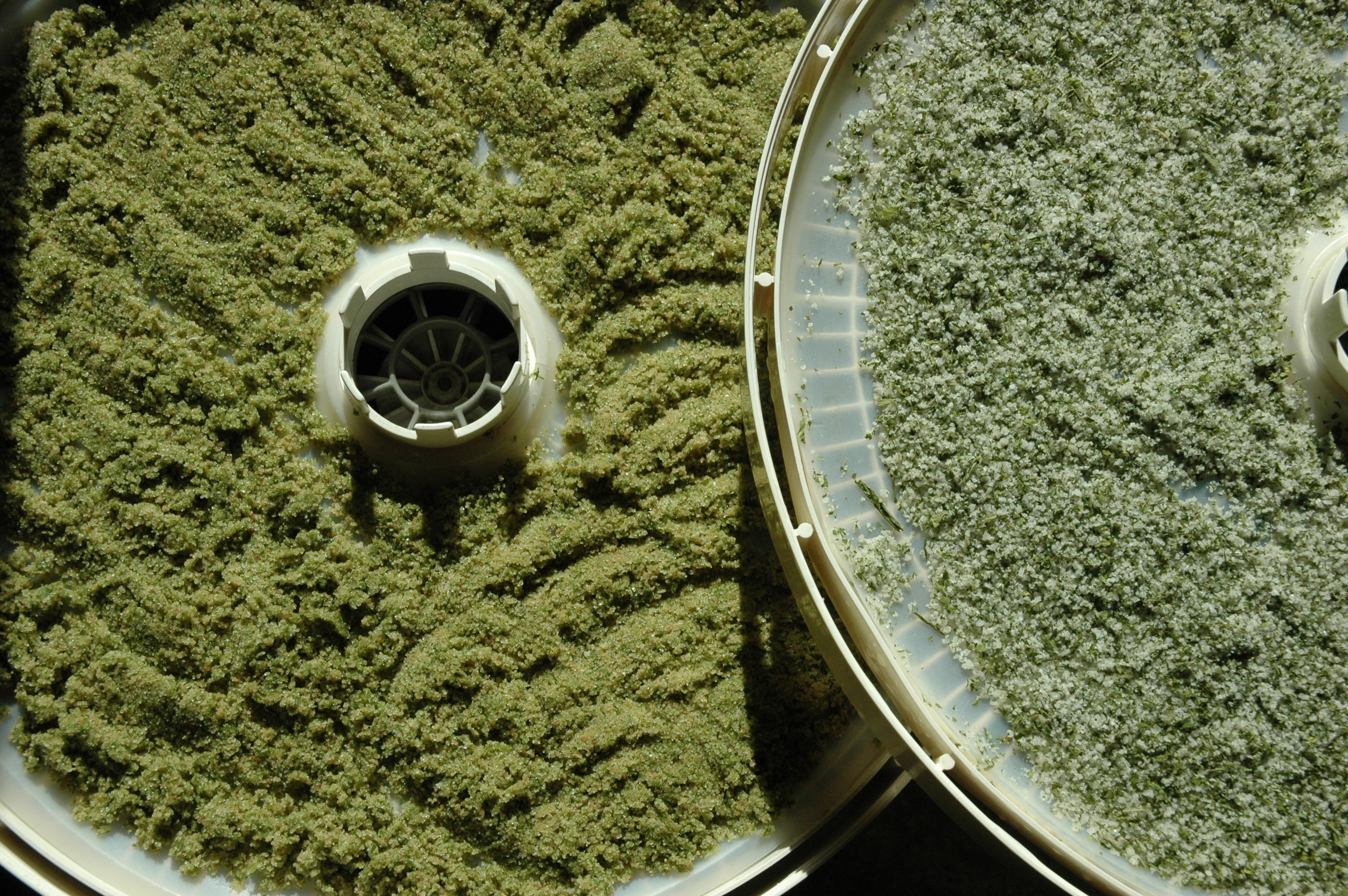
Place on a lined sheet in a dehydrator or in the oven to dry on the lowest setting for 2-4 hours — or until the mixture is completely dry.
Store in a labeled jar with an airtight lid, and enjoy with eggs, potatoes, fish, dips, roasted vegetables, and more!






